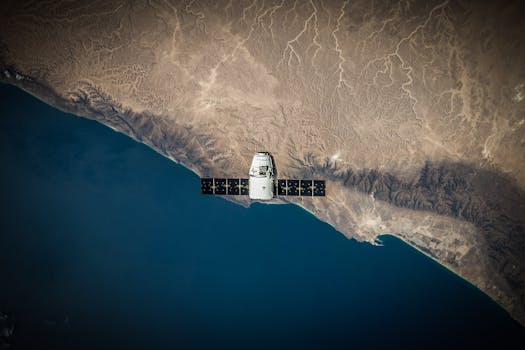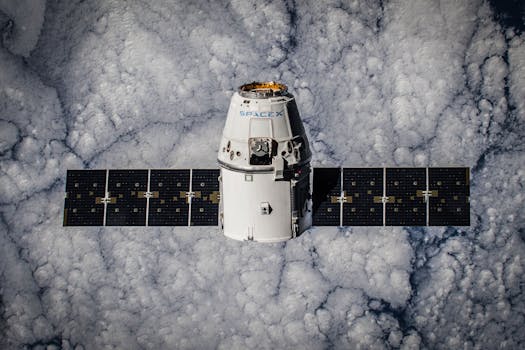
Breaking Barriers: How Recent Developments are Transforming Satellite Communication
Satellite communication is undergoing a significant transformation, driven by recent developments that are breaking barriers and enabling global connectivity like never before. Breaking Barriers: How Recent Developments are Transforming Satellite Communication is an essential aspect of modern life, and its impact is being felt across various industries, from telecommunications to navigation, and even environmental monitoring. In this article, we will explore the recent developments that are transforming satellite communication and the potential applications of these advancements.
Advances in Satellite Technology

One of the primary drivers of the transformation in satellite communication is the advancement in satellite technology. New satellite designs, such as high-throughput satellites (HTS) and very high-throughput satellites (VHTS), are being developed to provide faster and more efficient communication services. These satellites are equipped with advanced technologies, including phased arrays and digital payload, which enable them to provide higher data rates and more flexible connectivity options.
Another significant development is the emergence of small satellites, also known as CubeSats. These satellites are smaller, lighter, and less expensive than traditional satellites, making them an attractive option for a wide range of applications, from earth observation to communication. Small satellites are also being used to develop constellations, which are networks of satellites that work together to provide global coverage and connectivity.
Low Earth Orbit (LEO) Satellites

Low Earth Orbit (LEO) satellites are another recent development that is transforming satellite communication. LEO satellites are orbiting the Earth at an altitude of around 2,000 km, which is much lower than traditional geostationary satellites. This lower altitude enables LEO satellites to provide lower latency and higher data rates, making them ideal for applications that require real-time communication, such as video streaming and online gaming.
LEO satellites are also being used to develop new communication services, such as satellite-based 5G networks. These networks have the potential to provide global coverage and connectivity, even in areas where traditional cellular networks are not available. Companies like SpaceX and OneWeb are already working on developing LEO satellite constellations to provide global internet connectivity.
Quantum Communication and Cybersecurity

Quantum communication is another area where recent developments are transforming satellite communication. Quantum communication uses the principles of quantum mechanics to enable secure communication over long distances. This technology has the potential to provide unbreakable encryption, making it ideal for applications that require high levels of security, such as financial transactions and military communication.
Cybersecurity is also a critical aspect of satellite communication, as the increasing use of satellites for communication and navigation has created new vulnerabilities. Recent developments in cybersecurity, such as artificial intelligence and machine learning, are being used to develop more advanced threat detection and mitigation systems. These systems can detect and respond to cyber threats in real-time, providing an additional layer of security for satellite communication systems.
Conclusion

In conclusion, recent developments in satellite communication are transforming the industry, breaking barriers and enabling global connectivity like never before. Advances in satellite technology, the emergence of small satellites, and the development of LEO satellites are just a few examples of the many developments that are driving this transformation. As satellite communication continues to evolve, we can expect to see new and innovative applications of this technology, from satellite-based 5G networks to quantum communication and cybersecurity.
See more:





